
Springtime 2006, Athens, Georgia: Jarryd Wallace, a standout runner and high school state champion with a promising future, was only 16. With looks like that of a Hollywood star and a pleasant personality, the budding teenager was an emerging heartthrob with a zeal for life and sports.

※The article has been published in Toyota Global Newsroom on March 22, 2019.
4 Years, 12 Surgeries
Springtime 2006, Athens, Georgia: Jarryd Wallace, a standout runner and high school state champion with a promising future, was only 16. With looks like that of a Hollywood star and a pleasant personality, the budding teenager was an emerging heartthrob with a zeal for life and sports.
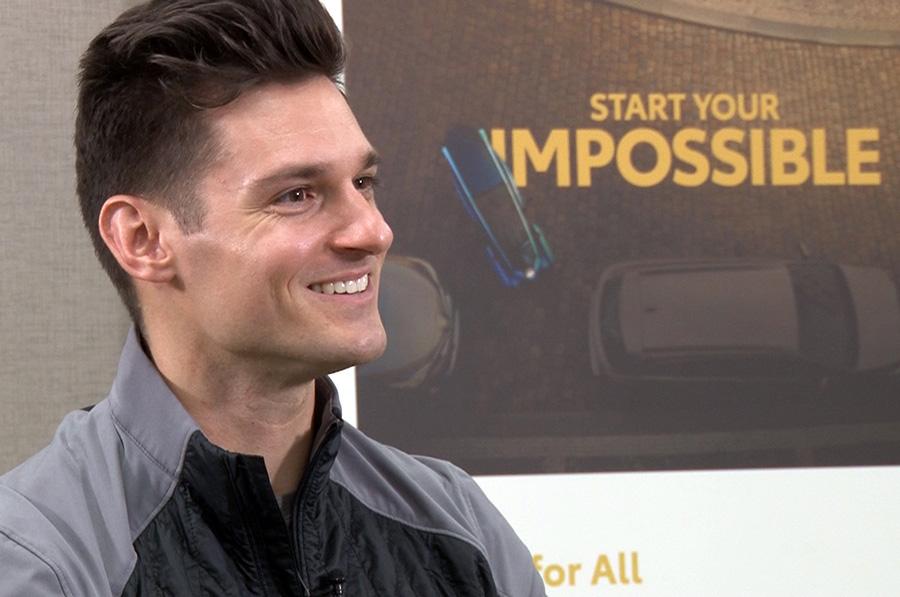
The warm and sunny spring weather tempted him to run. “Perfect,” he thought.
He put on his running shoes and started down the track. Instead of the peaceful feeling he was expecting, he felt severe pain. Stumbling, he ran still, only to collapse in excruciating agony. Screaming in frustration, he gripped his right shin, wondering why the piercing pain kept on coming back.
“It was misdiagnosed as a stress fracture for years. Until in 2007, [when] I was diagnosed with Chronic Compartment Syndrome; pressure built in my calve cuts nerves’ function and blood flow,” Jarryd said.
His doctor offered surgery as a solution to release him from the pain. Jarryd, eager to run again, looked at surgery as the best option.
He underwent surgery that December, but there were complications, which delayed his return to running. “I ended up losing 60 percent of muscle from my knee down,” he said. That was just the beginning of a trial that would span over four years and 12 surgeries.
“They were the hardest years in my life. I had many surgeries, trying to reconstruct my leg, get it back to its functional point,” he said to us, pausing to take a deep breath. “I thought I’d get a break after the surgery and get back in track. But let alone run, I couldn’t even walk without pain.”
Jarryd was devastated. No matter what he did, the lingering pain kept him from doing what he loved best: running. Frustrated, he tried to lose himself in drinking and drugs. “I grew up knowing nothing other than athletics and running. I lost that; I lost myself, my identity,” recalled Jarred as he reflected on the sobering moment from his past.
Wanting to run free from the constant pain, Jarryd made the difficult decision to let go of his right leg. A decision of this magnitude is terrifying and difficult, especially for a young boy so interested in sports.
“But it was a profound moment. At that time, I was thinking about what I want my life to be. I wanted to move forward. The pain had been controlling my activities, dictating me in whatever I was doing,” Jarryd said. “I didn’t even know whether running was on the table. I just wanted to live my life normally again.”
In 2010, he received his 11th surgery—the one to remove his leg. Another quickly followed to help fit him with a new prosthetic leg. Wallace, still only 19 at the time, recounted how living without a leg was not something he ever imagined growing up.
“I remember going to [a retail store] after the surgery. I had not yet gotten the prosthetic leg and I was walking with crutches. I felt people, kids… were staring at me. And there was a cute girl, but… unlike before, I felt so insecure,” he recalled. “I wasn’t sure if anybody would ever like me again without my leg.”
Finding himself through sports
Jarryd is a fighter. Knocked down, sports helped him to bounce back. Within a mere 15 months after losing his leg, Jarryd was standing on the podium celebrating his first international gold medal in track and field, setting a world record at the 2011 Parapan American Games at the same time.
"I am not defined by the fact that I am missing a foot. I am bigger than that," he says with confidence.

Later, he would go on to compete in the London 2012 Paralympic Games, Rio de Janeiro 2016 Paralympic Games, and many more world class competitions in track and field.
Largely, the push to compete can be traced back to his upbringing where sports were always a part of home life. His mother, Sabina, a former All-American distance runner, used to take Jarryd to the tournaments on the weekend. His father and proclaimed role model, Jeff, is a Georgia Women's Tennis Head Coach, one of only three coaches in women's tennis history with at least 600 wins. Following in his father’s footsteps and largely because of his influence, Jarryd told us his future desire to become a coach.
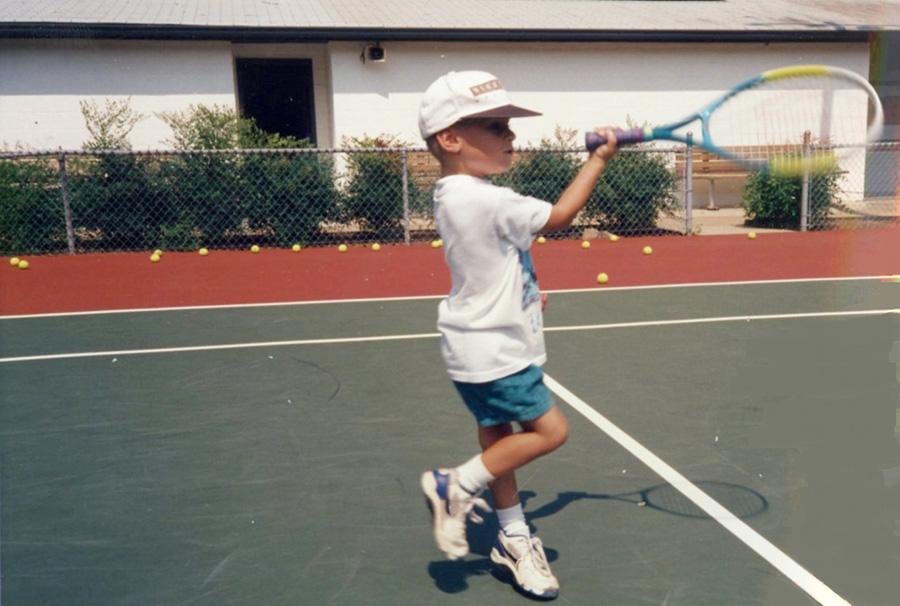
“During the tough times, my father provided the constant reminder that everything is going to be OK; but he himself bore the burden. Later, there were times when my father broke down to tears, but he made sure he was alone.” It was his family, he recalls, that took him in with open arms when he was struggling to find his identity following the loss of his leg.
“We went through the bitter sweet together and [still fight] for each other. I am extremely fortunate to have them as my parents. I am here now because of them,” said Jarryd with humility.
In addition to his love for his family, his love for running was also a driving force. As he thought about it, he summed what running means to him into one sentence: “Running has been huge part of my life. Before I could even walk, my mother would push me in baby cart when she trained for marathons.”

But his first love was Tennis, being inspired by his father. “At first I played Tennis and I ran to prepare myself for Tennis. It wasn’t until I competed for cross country and track and field in high school that I realized my potential in running. And I love it!”
As Jarryd thinks about his career in sports, he shared some of the moments that stood out. The first was when he won a gold medal and broke a world record in 2013, in Lyon, France, for the 4x100 relay team. “I always wanted to be in a league team, so being on a relay team, achieving the gold medal, and breaking the world record at the same time felt so cool to me!” Another moment was during the 200 meters World Championship in 2017, where he won another gold. “My wife was standing there, so I crossed the finish line, grabbed the US flag and just ran to her to celebrate... I still remember that amazing feeling!” While his eyes beamed with pride, Jarryd lovingly smiled to his wife, Lea Wallace, who had also joined us during the interview.
Two-Time Paralympian
“I was 6 when I watched The Games in Atlanta and thought that it will be so cool to do that one day! As I got older, I didn’t even think it was possible, but certainly it was a dream of mine,” replied Jarryd after being asked if he had ever thought that competing in the Paralympics was something he would do.
For Jarryd, qualifying to participate in the London 2012 Paralympic Games and Rio de Janeiro 2016 Paralympic Games was hard work. Luckily for Jarryd, he has been surrounded by great coaches, medical staff, and the technical team he works with.
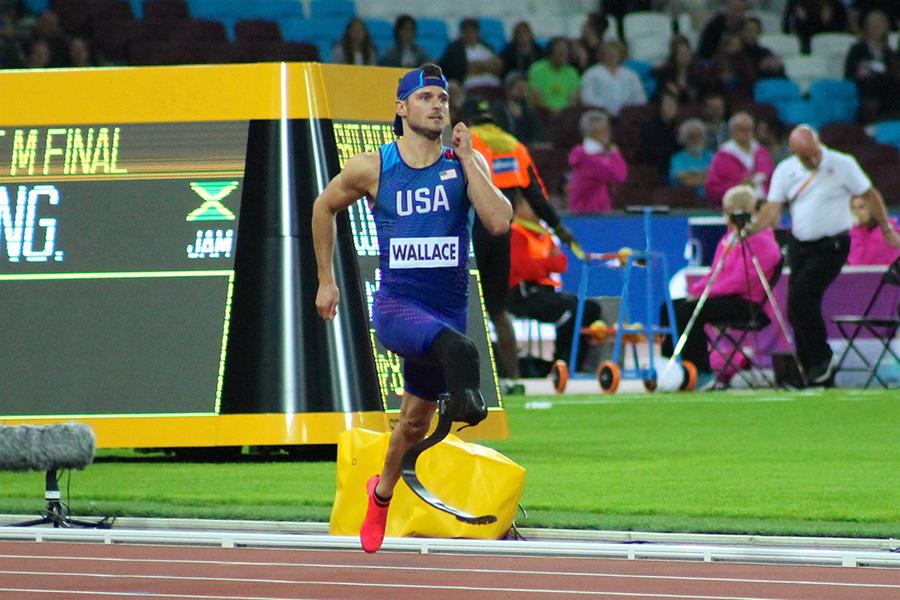
Over time, his support teams and coaches have become like family. “My coach for 9 years is like a big brother to me,” he said. He added, “Thank you doesn’t quite do it justice; I wouldn’t be the person that I am today if it wasn’t for them. I am grateful to have people who don’t just care about my performance on the track but also me as a person.”
When asked about what he thought about getting involved in the Paralympics, Jarryd doesn’t hesitate to reply that he sees it as a unique way of promoting awareness of impairments at a global level.
“The Paralympics is huge part of who I am today. It provides competitive opportunities to people with impairments and celebrates it on a world level. Honestly, Paralympics have assisted me in my recovery, giving me a dream to go after.”
He also acknowledges the challenges that people with impairments face to remove barriers, using his own life and impairment as an example.
“There’s pivotal point in my life where I try to be OK being a person with impairment. But I take the mindset that I am bigger than that. So I walk with confidence now and start initiating conversations with people staring at me with curiosity. I was living as an able body [person] for [almost] 20 years, and now, living with impairment. I have a unique perspective from both sides. I can relate to how they feel. I make a choice to breakdown the wall and engage in conversation to educate society on impairments. This step is disarming and it makes people feel comfortable. From the time I lost my leg to now, I think society has grown to a more positive way in seeing people with impairments. I hope it continues to grow and change.”
As advice to all of us on how we can better support the Paralympic Movement, Jarryd encouraged us to be aware and educated on impairments and what activities are available to those with them.
“Awareness and education are a huge part, as it helps changing peoples’ perception. To kids with impairment, the Paralympics inspire them that they can do the same thing [as those with able bodies]. I would like the world to be inspired by the Paralympics so people will see what people with impairments can do.”
Sharing Similar Passion with Toyota
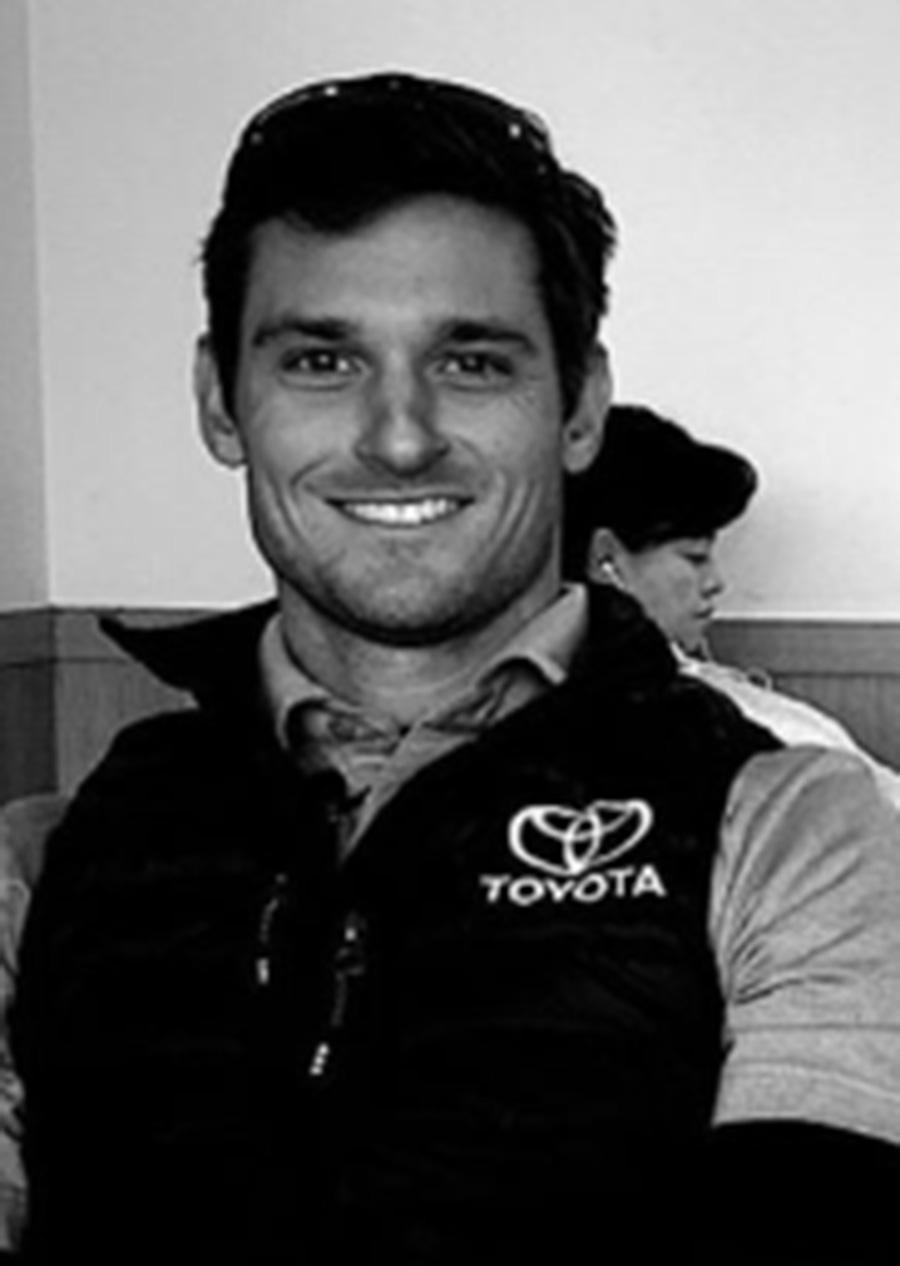
Jarryd’s first encounter with Toyota, long before he joined TEAM Toyota, was when he drove his first car – a 1996 Toyota Corolla. Now, he enjoys driving his dream car, a white Toyota Tundra. While he loves Toyota cars, his journey with Toyota actually started years ago, when he was first introduced to Toyota during an event hosted by the company who designs his prosthetic leg. “It just clicked right away. I love being part of the Toyota family and they’ve also become part of my family.”
He strongly supports Toyota’s mission in becoming a Mobility Company. “The decision to evolve to [become a] Mobility Company is mind blowing. They’re driven by Paralympics and it is like [it is] in their heartbeat. To me, ‘Mobility’ is a freedom to make a choice and is an extremely inclusive concept in giving everyone the opportunity. A company with global impact is making the change, like me having a big dream, and we just go for it. It feels like we shared a similar approach and passion. Especially the core value [of] Kaizen; to me, it is [the] desire to improve and become better. ”
Being a person who loves a challenge, Jarryd also spoke about the Start Your Impossible (SYI) spirit he shares with Toyota.
“I am someone who likes to go after the impossible. The use of the word “start” in Start Your Impossible is a disarming perspective, because a lot of the time people have big dreams but don’t know whether they can achieve it. We’ll never be able to do it unless we start it. The idea of starting takes away all pressure and gives it the freedom to do it.”
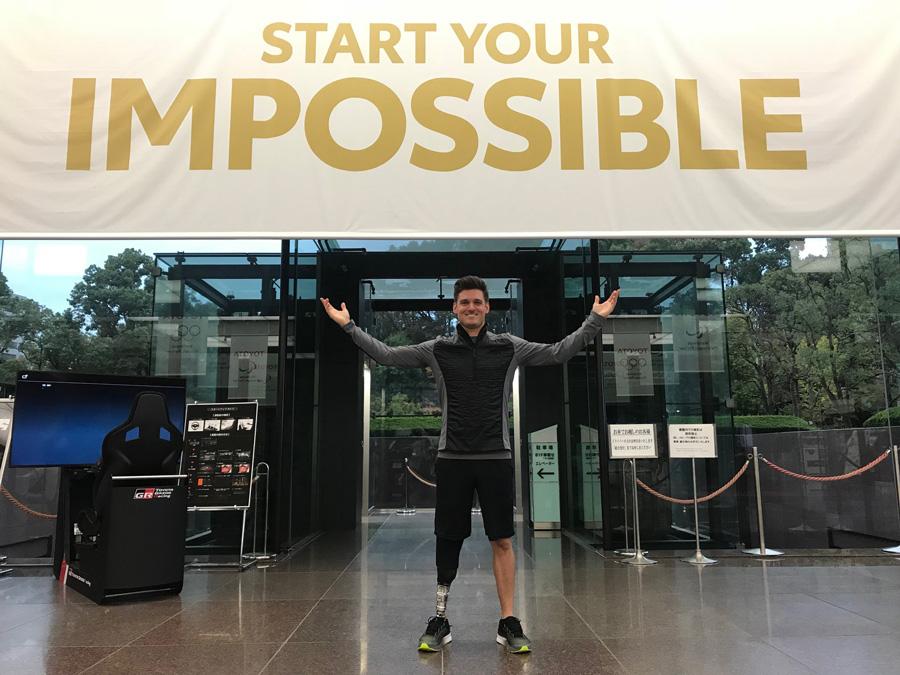
“I start my impossible every day. When I had my leg amputated and I dreamed of being a Paralympian, that was me starting my impossible. Now I want to start my impossible by being a Paralympic medalist. That is a goal of mine every day I wake up.”
“Toward Tokyo 2020, Toyota has done much to support the Paralympics as a whole; it goes beyond just supporting sports, challenging everyone to join the journey, and leading by example, giving me the opportunity to start my impossible.”
And to people with impairment he was even bolder: “Don’t be afraid to challenge yourself; don’t be afraid to dream the impossible!”
As rain started pouring outside, Jarryd prepared to meet his supporters, his family. Changing clothes to his running outfit, including a pair of running shorts, he is no longer covering his prosthetic leg. It is clear that he is now proud of it. The fear that burdened this incredible young man years ago has taken a 180 – he is loved by the world.

